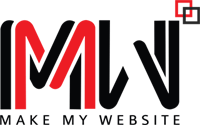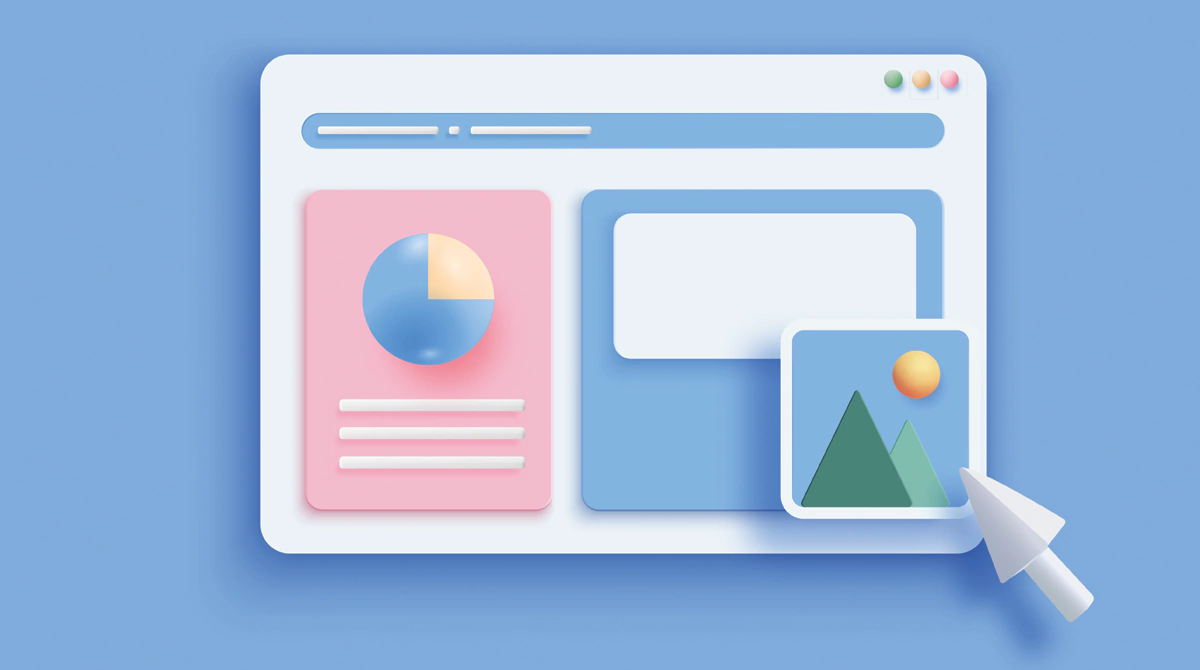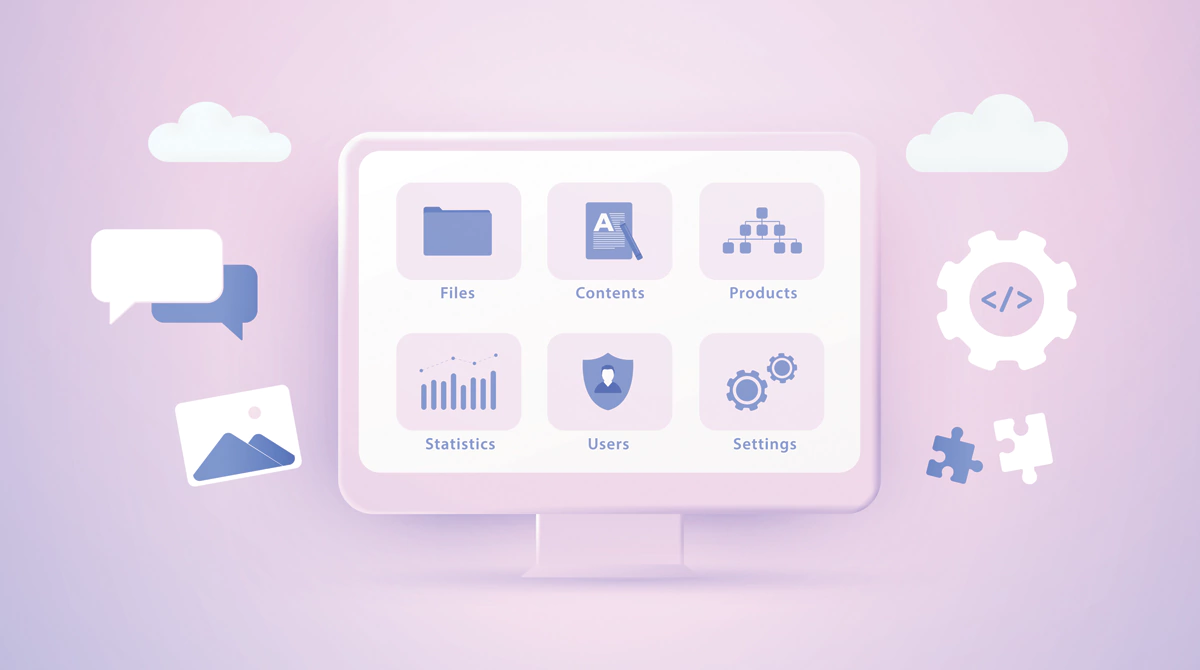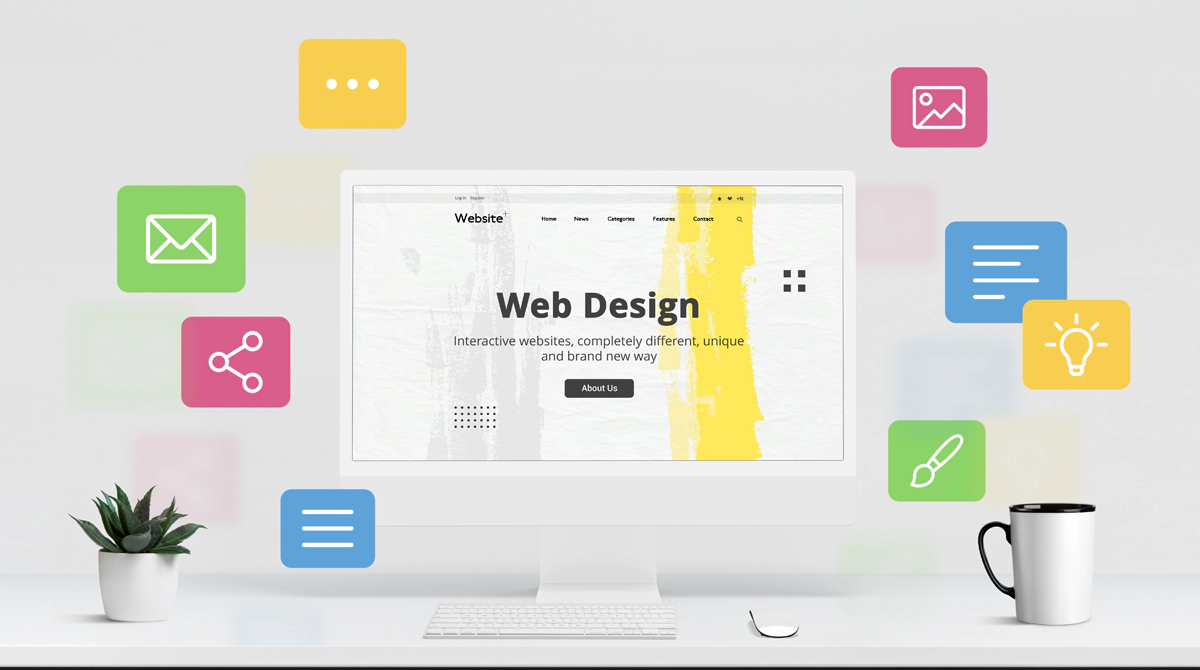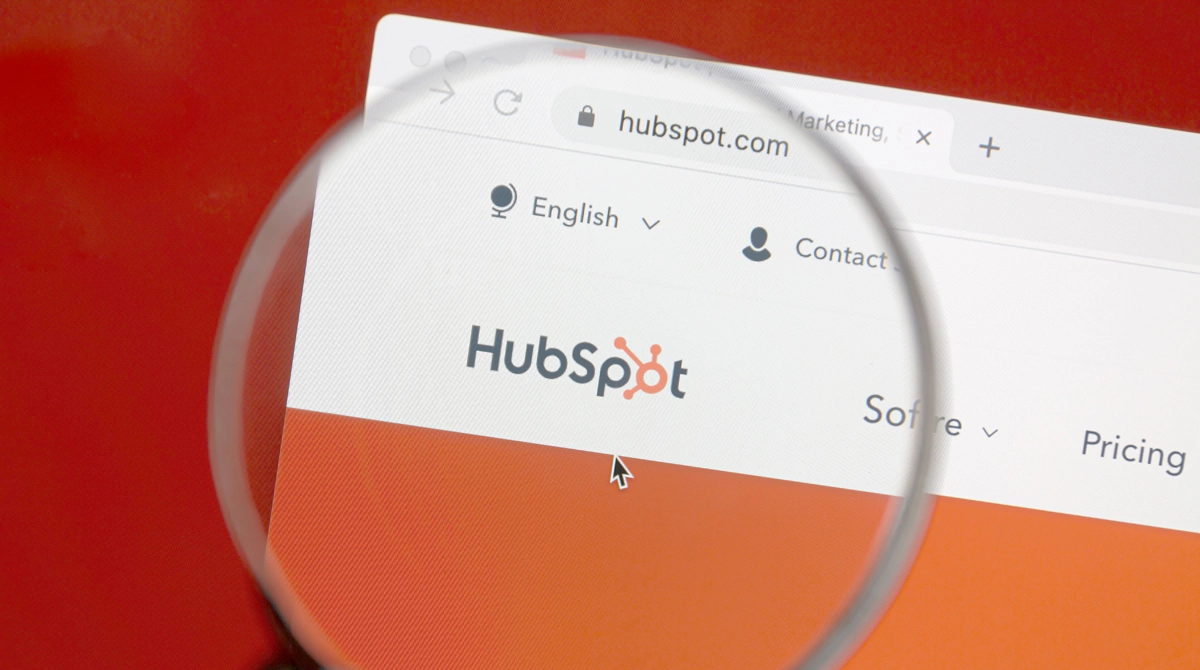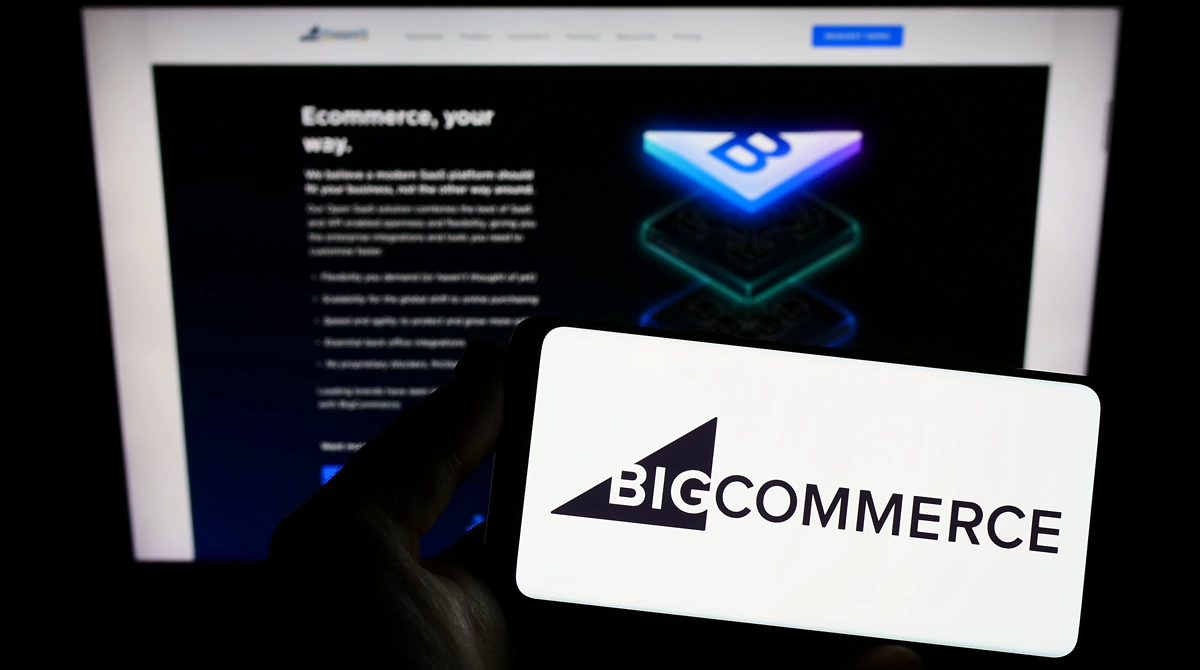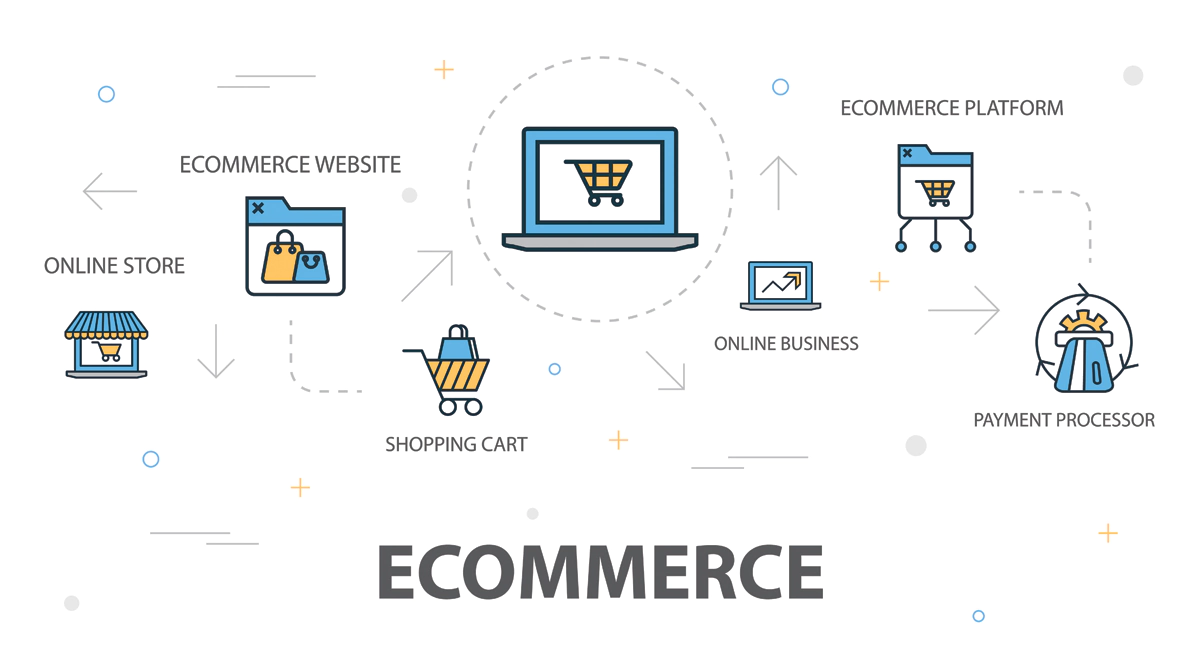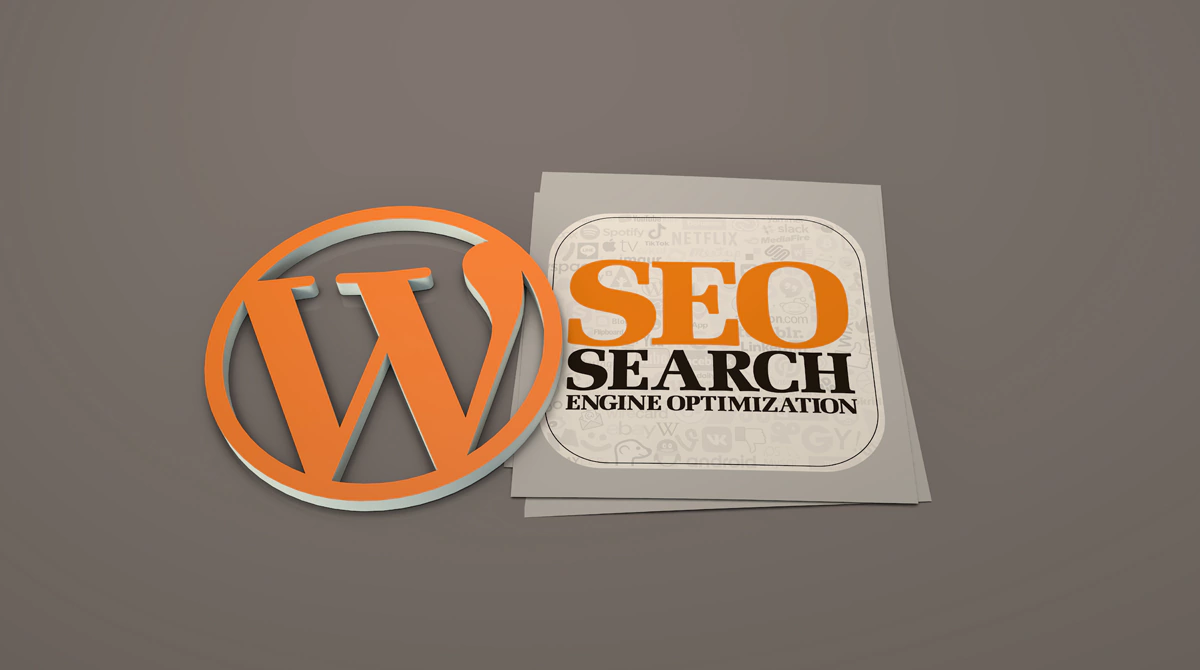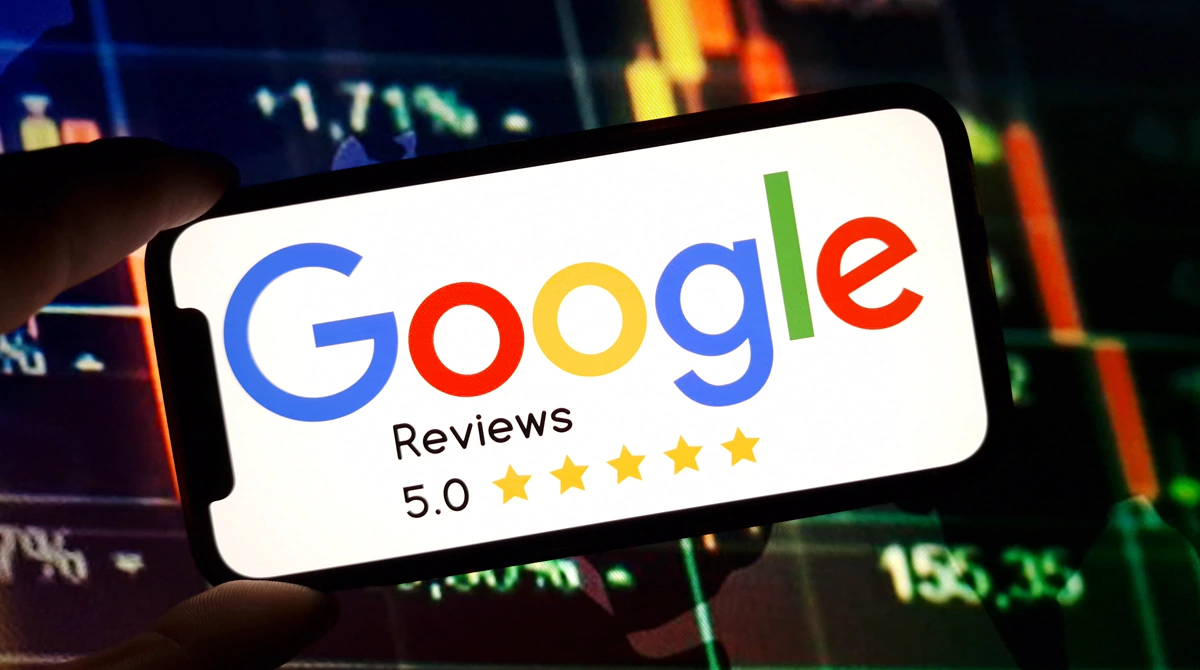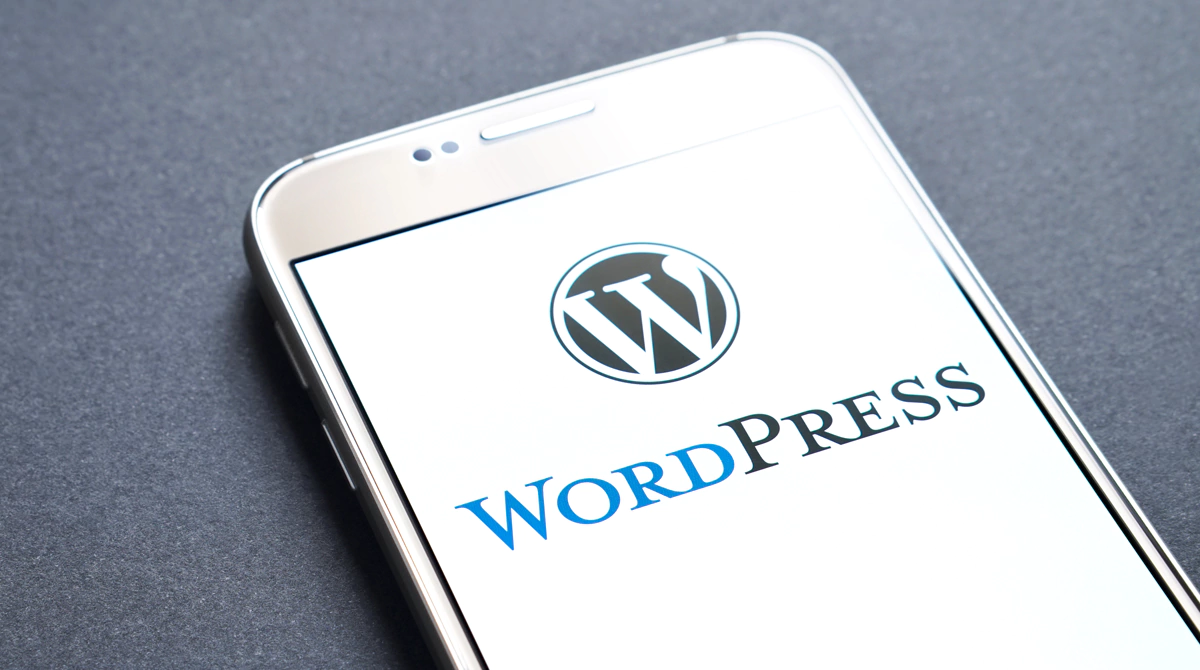In today’s digital world, a website often serves as the first interaction between a business and potential customers. A well-designed website affects user experience, brand perception, and conversion rates. Businesses face a choice when creating a website. They can either use custom web design or pre-made website templates. Each approach has advantages and limitations. Understanding them helps present a clear view of their differences.
What is Custom Web Design?
Custom web design involves building a website from scratch to match the specific needs, branding, and functionality of a business. Unlike templates that follow preset structures and layouts, custom designs are unique. Designers create them after analysing the target audience, business goals, and market trends.
Key Characteristics of Custom Web Design
- The layout and graphics are fully personalised for the business.
- Branding elements are unique and reflect the company identity.
- Functionality is flexible and tailored to specific business requirements.
- The user experience is optimised through research on user behavior.
- The design allows scalability to add features or redesign sections without limits.
Benefits of Custom Web Design
- Unique branding makes the website clearly represent the company personality and sets it apart from competitors.
- Functionality can include custom forms, e-commerce, or other features that the business needs.
- User experience improves engagement and interactions because it is based on research.
- The website can expand or be modified easily as business requirements change.
- The site is built according to SEO best practices to maintain visibility over time.
Drawbacks of Custom Web Design
- Custom web design costs more than templates because it requires a full development process.
- Development takes longer as planning, designing, coding, and testing can take several weeks or months.
- Updates and maintenance often need technical skills and developer involvement.
What are Website Templates?
Website templates are pre-designed website layouts that come with ready-made graphics, menus, and pages. They are often offered by website builders or content management systems (CMS) such as WordPress, Wix, or Squarespace. Templates are designed to be easily customisable by swapping text, images, and colors.
Key Characteristics of Website Templates
- They have pre-set layouts and structures
- They offer limited customisation options
- They enable quick setup for websites with standard functionality
- They are cost-effective and budget-friendly
- They often target specific industries or niches
Benefits of Website Templates
- Cost-effective as they have lower upfront costs, suitable for small businesses or startups
- Quick setup with pre-built layouts that allow fast website launch
- Easy to use with drag-and-drop customisation that requires no coding
- Industry-specific options designed for niches such as restaurants, blogs, or portfolios
Drawbacks of Website Templates
- Limited uniqueness because multiple businesses may use the same template, which can make websites look generic
- Restricted functionality as advanced features may require coding or external plugins
- Potential SEO limitations if templates are not fully optimised for search engines
Comparing Custom Web Design and Website Templates
Making the right choice between custom web design and templates depends on several factors, including business goals, budget, timeline, and desired level of control.
| Feature | Custom Web Design | Website Templates |
|---|---|---|
| Uniqueness | Fully unique and tailored | Limited; can look similar to other websites |
| Cost | Higher initial investment | Lower upfront cost |
| Design Flexibility | Unlimited, based on business needs | Restricted by template structure |
| Development Time | Longer (weeks to months) | Shorter (days to a couple of weeks) |
| Maintenance | Requires technical expertise or developer support | Easier; often managed through website builder |
| Scalability | Easily scalable for future features | Limited; adding custom features can be challenginger |
| SEO Optimisation | Fully customisable for SEO best practices | Varies; some templates may not be SEO-friendly |
When to Choose Custom Web Design?
Custom web design is best when your website needs to reflect a strong brand identity and long-term vision. Consider this option if:
- Unique Branding Needs: Your business relies on creating a memorable visual identity. For example, premium brands or startups seeking differentiation.
- Complex Functionality: You need custom features like advanced forms, API integrations, membership portals, or interactive tools.
- Long-Term Growth Plans: Your website will evolve with additional pages, new services, or integrations over time.
- Competitive Market: Differentiating your online presence can give you an edge in highly competitive industries.
- Optimised User Experience: You want to provide a seamless journey for visitors, maximising engagement and conversion rates.
When to Choose Website Templates?
Templates work well for businesses that need a quick, functional website with standard features. They are suitable if:
- Budget is Limited: Startups or small businesses with constrained resources can launch a site without heavy investment.
- Time Constraints: You need a website live quickly, such as for events, promotions, or testing a business concept.
- Standard Features Are Enough: Your website doesn’t require advanced functionality or custom integrations.
- Ease of Use: You want to manage content updates yourself without relying on a developer.
- Industry-Specific Templates are Available: Templates tailored to your niche can save design time while still looking professional.
Factors to Consider Before Making a Decision
Before deciding between custom web design and templates, evaluate your business goals, resources, and future plans:
- Budget: Determine how much you can allocate for design, development, and ongoing maintenance. Custom sites require higher investment; templates are more affordable.
- Timeline: Consider how quickly your website needs to launch. Templates offer faster implementation, whereas custom sites take longer.
- Branding Requirements: Assess how critical a unique design is for your brand identity.
- Functionality Needs: Identify whether your website requires complex forms, integrations, or interactive features.
- Future Growth: Consider potential scaling, adding features, pages, or services in the future. Custom sites are more adaptable.
- Technical Expertise: Evaluate whether you have access to developers or prefer a website you can manage yourself. Templates may be better for self-managed sites.
Performance and Speed of Web Design and Website Templates
Website performance directly affects user experience, bounce rates, and conversion rates. Slow websites frustrate visitors and reduce engagement, while fast websites encourage users to stay longer and explore more pages.
- Custom Web Design: Developers can optimise custom-built websites for speed. They can streamline code, images, and scripts, remove unnecessary plugins, implement lazy loading, and tailor caching mechanisms. These steps produce faster page load times and improve performance across devices and browsers.
- Website Templates: Templates often come with extra features and code that may not match your business needs. Many modern templates are optimised, but some include bulky scripts or unnecessary elements that slow performance. Businesses using templates may need additional optimisation to reach the same speed as a custom site.
.
Businesses should align performance with their audience expectations. For sites with high traffic or mobile-heavy users, prioritising speed can significantly improve engagement and conversion rates.
SEO and Marketing Considerations of Web Design and Website Templates
Search engine optimisation and marketing integration play a key role in a website’s long-term visibility and performance. A site’s ability to be optimised directly affects organic traffic, lead generation, and return on investment.
- Custom Web Design: A custom website supports full SEO optimisation. It can include clean HTML structure, optimised meta tags, schema markup, and fast loading times, all of which search engines favor. Custom sites allow seamless integration with marketing tools, CRM systems, analytics, and landing pages created for campaigns. Businesses can implement advanced strategies such as conversion funnels, personalised content, and A/B testing without limitations.
- Website Templates: Templates usually provide basic SEO features, but they have limitations. These include fixed URL structures, duplicate code, and restricted meta tag options. Templates often rely on plugins to improve SEO, which may not match the efficiency of custom solutions. Marketing integration is limited by the platform and may restrict complex strategies like conversion funnels or personalised content.
Trends and Future-Proofing of Web Design and Website Templates
The web design landscape changes quickly. Businesses need to consider current trends and future needs when selecting a website solution.
- Custom Web Design: Custom websites adapt well to trends such as mobile-first design, progressive web apps (PWAs), interactive user interfaces, and AI-driven personalisation. Developers can add new features and update the site structure as technologies evolve. This approach maintains the website’s relevance over time.
- Website Templates: Templates receive updates to stay current, but they may fall behind the latest design trends or technology. Some templates cannot support advanced features such as micro-interactions, voice search optimisation, or complex analytics integration without major modifications.
Planning for scalability and adaptability helps businesses avoid frequent full redesigns and ensures that their website continues to meet user needs and technological standards.
Conclusion
Custom web design and website templates provide different benefits based on business needs. Custom web design creates a unique, scalable, and brand-focused experience but requires higher costs and longer timelines. Website templates are more budget-friendly, faster to implement, and suit businesses with standard functionality needs.
The choice depends on business goals, budget, timeline, and long-term plans. Startups or small businesses with limited resources often use templates, while established companies seeking a strong online identity and scalability usually use custom web design.
For businesses looking to simplify the process, Make My Website offer both custom web design and ready-to-use templates, helping you get a professional website tailored to your needs without the usual complexity.
Ready to begin? Connect with us at MMW to get started.

